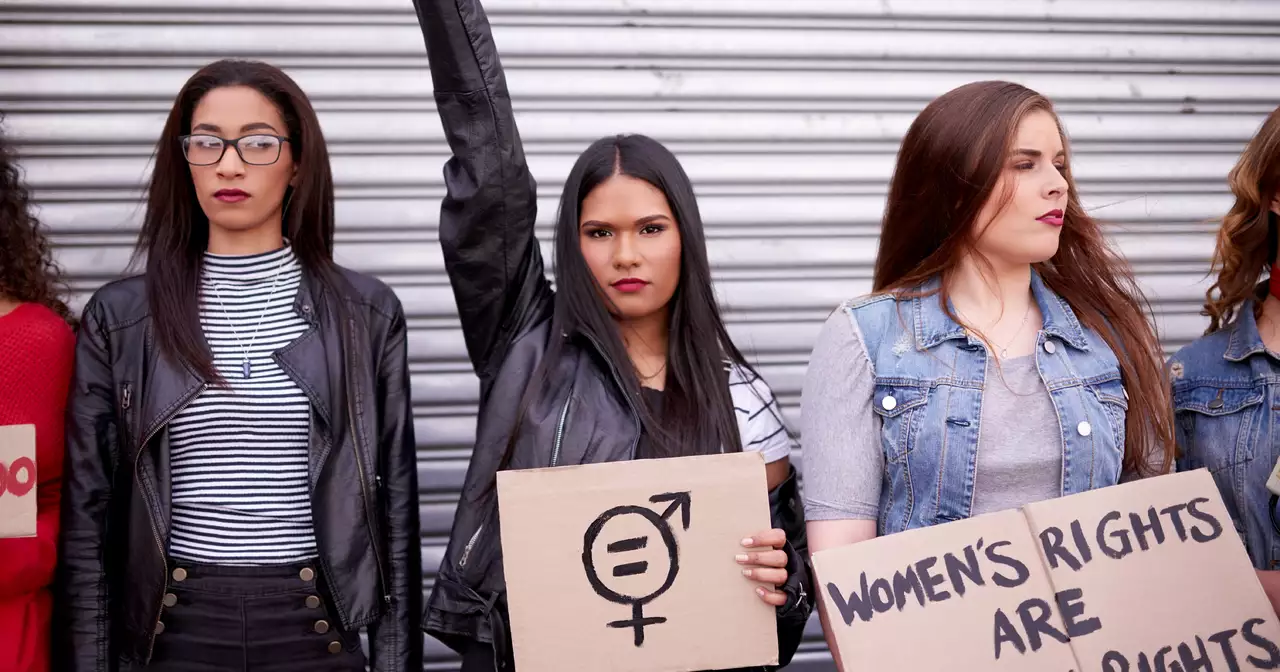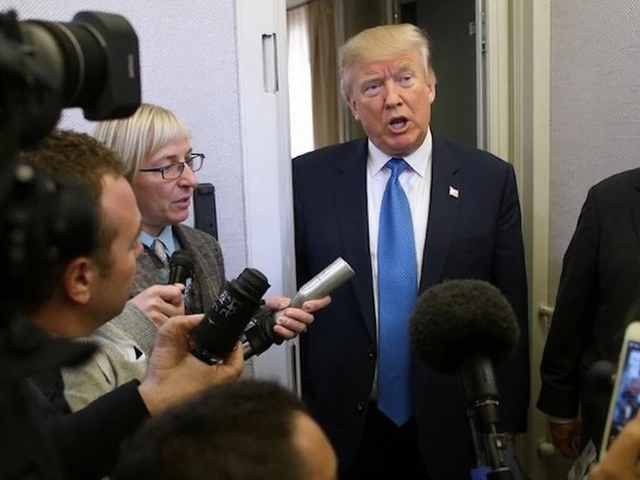Men on women's sports teams: the debate you need to hear
Ever wondered what would happen if a man tried out for a women's basketball squad or a women's soccer league? The question pops up more often than you think, especially when schools and clubs look for ways to be more inclusive. It’s not just a headline—it’s a real conversation that affects athletes, coaches, and fans across New York’s bustling sports scene.
Why the idea keeps coming up
Supporters say opening doors for anyone who wants to play is the heart of true equality. They point to gender‑non‑binary athletes who don’t fit neatly into ‘male’ or ‘female’ boxes and argue that sports should adapt, not exclude. In some cases, a club might lack enough players for a women's team, so they consider adding a male athlete to keep the roster full and the competition alive. The intent is usually good: more participation, less discrimination, and a chance to build a more diverse locker room.
What the reality looks like on the field
Physical differences matter, though. On average, men have greater muscle mass, lung capacity, and bone density, which can translate into speed, power, and endurance advantages. In a fast‑break basketball game or a sprint swim, those edges can tip the balance, making it harder for female athletes to compete on equal footing. Coaches in the city have reported that even a slight advantage can change the outcome of a tightly contested match, leading to concerns about fairness and safety.
Beyond the body, there’s the psychological side. Female players often train hard to compete in a space designed for them. Introducing a male teammate might unintentionally signal that the women’s league needs a ‘boost,’ which can dent morale. On the flip side, some athletes say playing with men pushes them to improve faster. The key is finding a balance that respects both competitive integrity and the push for inclusion.
If you look at existing policies, most major leagues—like the NCAA and professional women’s leagues—keep separate categories precisely to avoid these mismatches. They allow mixed‑gender teams only in recreational or co‑ed formats where the competition level isn’t tied to scholarships, rankings, or professional contracts. That’s why many schools create separate co‑ed clubs for students who want a mixed experience, while preserving traditional men’s and women’s teams for official play.
So, what’s the takeaway for New York’s sports community? If the goal is pure competition, keeping men and women in separate divisions remains the safest route. If the goal is broader participation, look to co‑ed leagues, mixed training sessions, or creating new categories that recognize non‑binary identities without compromising fairness. Open dialogue with athletes, parents, and officials helps craft solutions that honor both inclusion and the spirit of fair play.
Bottom line: the conversation isn’t going away, and neither should the effort to listen to every voice. Whether you lean toward strict separation or innovative co‑ed formats, the focus should stay on giving every player a chance to grow, compete, and love the game—without sacrificing the level playing field that makes sports exciting in the first place.
Kieran Lockhart, May, 5 2023
Do you agree with men being on women's sports teams?
In my recent blog post, I discussed the controversial topic of men being on women's sports teams. While some argue that it promotes equality and inclusivity, others believe it creates an unfair advantage due to physical differences between the sexes. After considering various perspectives and examining the impact on athletes and the sports themselves, I find myself leaning towards disagreeing with men being on women's sports teams. Ultimately, I believe that maintaining separate categories for men and women in sports competitions is crucial in ensuring a level playing field and preserving the integrity of the game. However, I am also open to ongoing dialogue and exploring possible alternatives that can cater to everyone's needs and rights.
View More




